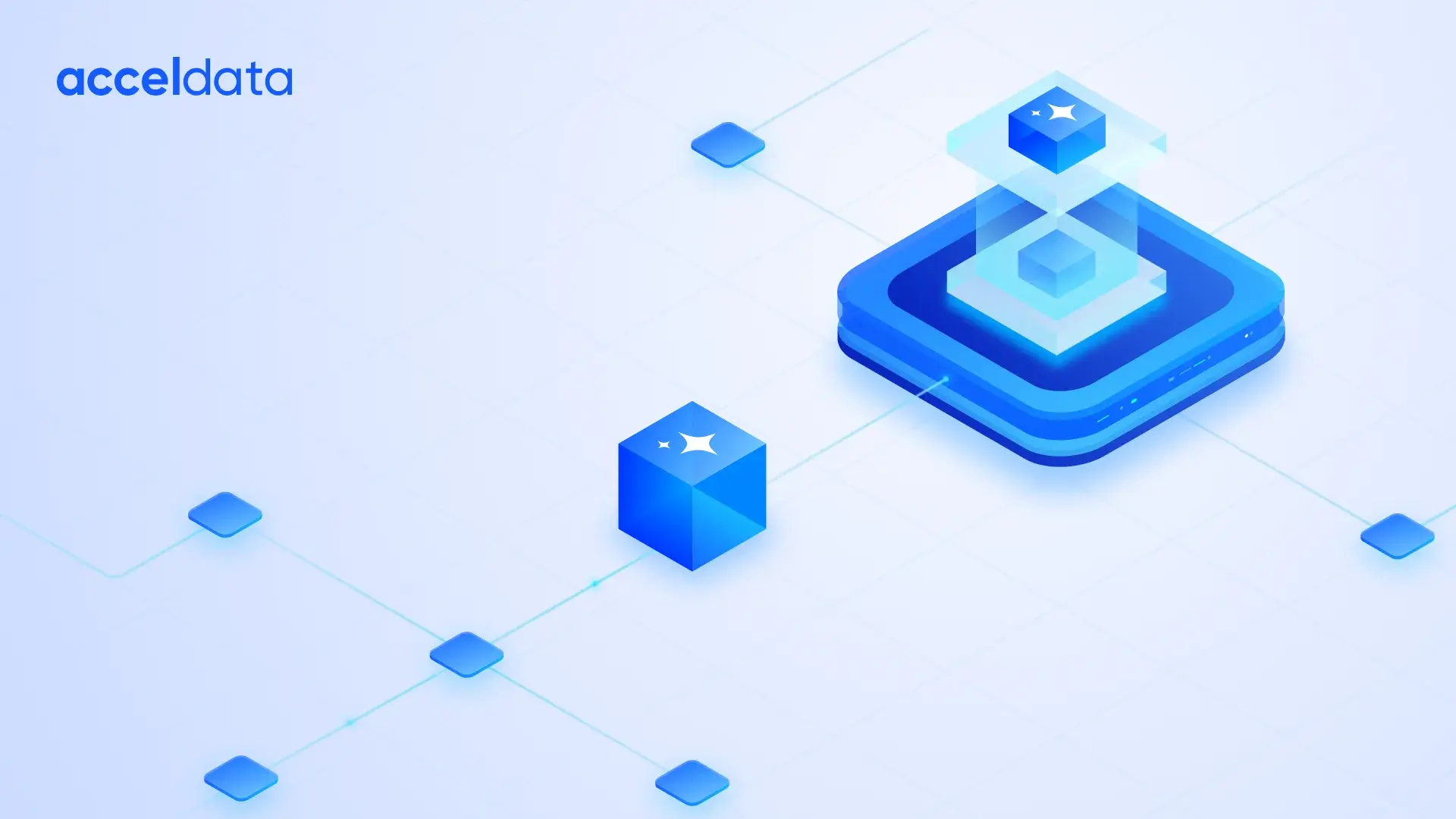Efficient supply chains depend on the seamless flow of data. Supply chain management optimization through supply chain data analytics, monitoring, and managing data pipelines in real time has become a critical aspect of maintaining smooth operations. When data pipelines break down, supply chains face delays, disruptions, and inefficiencies that can lead to significant losses.
Boron Triflouride (BF3) price surges show how global supply chain disruptions are driving costs higher. It is a chemical that is used for fire extinguishers, petrochemical manufacturing, pharmaceuticals, electronics and many other applications. Factors like rising demand, increased freight rates, and looming U.S. port strikes are straining supply, leaving industries struggling to manage the escalating expenses.
Without proper database monitoring tools to monitor these pipelines, supply chains are prone to errors and bottlenecks. This article explores the importance of monitoring data pipelines in supply chain management and presents the best tools to enhance efficiency and reduce operational risks.
Pipeline Inventory Management and Data Pipeline Monitoring Tools: What's the Difference?
Pipeline inventory management focuses on optimizing the movement and stock levels of physical goods within a supply chain to prevent disruptions and enhance efficiency. Data pipeline monitoring, on the other hand, ensures the smooth flow of data through systems, maintaining data quality and performance. While inventory management deals with tangible goods, data monitoring focuses on intangible data and system processes.
Pipeline inventory management and data pipeline monitoring share the same goals: ensuring smooth operational flow, improving visibility, and optimizing resource utilization. Monitoring tools allow businesses with supply chains to track inventory levels and the movement of goods in real time, just as they track data flows through a pipeline.
By utilizing supply chain data analytics tools and data pipeline monitoring, supply chain managers can:
- Monitor data flows in real time and track key performance metrics such as stock levels and demand fluctuations.
- Forecast demand and respond quickly to supply chain disruptions.
- Mitigate risks by ensuring that operations remain efficient and well-coordinated.
These tools help to maintain adequate stock levels, reduce the risk of over-ordering, and respond quickly to changing market demands, ensuring supply chain resilience.
Best Data Pipeline Monitoring Tools for Supply Chain
There are a number of tools present for data pipeline monitoring for the supply chain. Following, we will highlight two of the very popular tools along with their corresponding pros and cons.
Apache NiFi
Apache NiFi is a powerful data integration tool designed to automate the flow of data between systems, making it an ideal solution for supply chain management optimization. It collects, routes, transforms, and delivers data in real time, which is crucial for a seamless supply chain. Following are the pros and cons of using Apache NiFi as the data pipeline monitoring tool for supply chain and data analytics:
Pros
- Data flow automation across complex systems
- Real-time data tracking for quick response to disruptions
- Flexible integration with multiple platforms
- User-friendly visual interface for easy monitoring
Cons:
- May experience scalability issues with large datasets
- Resource intensive, requiring robust hardware
Given its flexibility, NiFi is an excellent choice for organizations with diverse data sources that need constant monitoring to ensure smooth operations. Its visual interface also allows teams to monitor the flow of information in real time, reducing the likelihood of bottlenecks or breakdowns in the supply chain.
Databricks
Built on Apache Spark, Databricks combines data engineering, machine learning, and business analytics into one platform, making it a highly effective tool for supply chain data analytics and monitoring. It enables predictive analytics to help supply chains make data-driven decisions. Here are the advantages and disadvantages of using Databricks as a data pipeline monitoring tool for supply chain management:
Pros:
- Integrates collaborative team platforms, unifying batch and real-time data processing
- Advanced AI and analytics capabilities for predictive demand forecasting
- Ideal for optimizing inventory levels and route planning
Cons:
- High costs may be prohibitive for smaller supply chain operations
- Requires a team skilled in data science and engineering
Databricks can be very beneficial if used for supply chains seeking to leverage advanced analytics. Its predictive capabilities make it particularly useful for optimizing inventory, predicting demand, and enhancing logistics, resulting in more informed and efficient decision-making.
Other Data Monitoring Tools for Supply Chain Optimization
Beyond Apache NiFi and Databricks, several other tools are available for supply chain data pipeline monitoring:
- Acceldata is an advanced data pipeline monitoring tool designed to optimize and manage data quality, observability, and reliability. It’s well-suited for supply chain management optimization, as it ensures that data flows smoothly across complex systems while providing real-time insights into pipeline performance and anomalies.
One standout feature in Acceldata is it can control expenses as the businesses scale. This cost-management capability allows companies to grow without overspending on their data infrastructure. Acceldata partners with Databricks to operationalize lakehouse observability. In addition to cost control, Acceldata integrates AI and ML for very extensive analytics. This helps in having optimized and efficient flows and throughput.
- Apache Kafka: Apache Kafka is a high-throughput platform used for building real-time data pipelines and streaming applications. Kafka allows supply chains to process large volumes of data with minimal latency, making it ideal for managing logistics.
- Azure Data Factory: A cloud-based data integration service that allows for scalable ETL (Extract, Transform, Load) pipelines, steal for integrating and monitoring data from various supply chain sources.
- Google Cloud Dataflow: Google Cloud Dataflow is a unified platform that helps supply chains run real-time data processing pipelines while minimizing latency. This ensures timely insights and helps avoid bottlenecks in the supply chain.
These tools, when integrated with supply chain management systems, help streamline logistics, manage inventory levels in real-time, and ensure optimal performance across the board.
Strengthening Supply Chains with Data Monitoring Tools
With the right data pipeline monitoring tools, businesses can optimize their supply chain management, improve decision-making, and mitigate risks. Apache NiFi, Databricks, Acceldata offer powerful real-time monitoring solutions, enabling companies with the ability to seamlessly integrate data from multiple sources, monitor fluctuations, and respond quickly to disruptions.
By leveraging data observability tools like Acceldata, organizations can maintain lean operations, manage inventory efficiently, and reduce costs, all while improving data visibility across the supply chain. Data pipeline monitoring is a cornerstone of modern supply chain management, enabling organizations to stay resilient and prepared for market fluctuations.
Summary
Implementing data pipeline monitoring tools like Acceldata, Apache NiFi and Databricks enhances supply chain efficiency by offering real-time insights, improving inventory management, and ensuring data-driven decision making. These tools help companies stay agile, reduce costs, and maintain resilience in the face of supply chain disruptions.







.webp)







.webp)
.webp)


